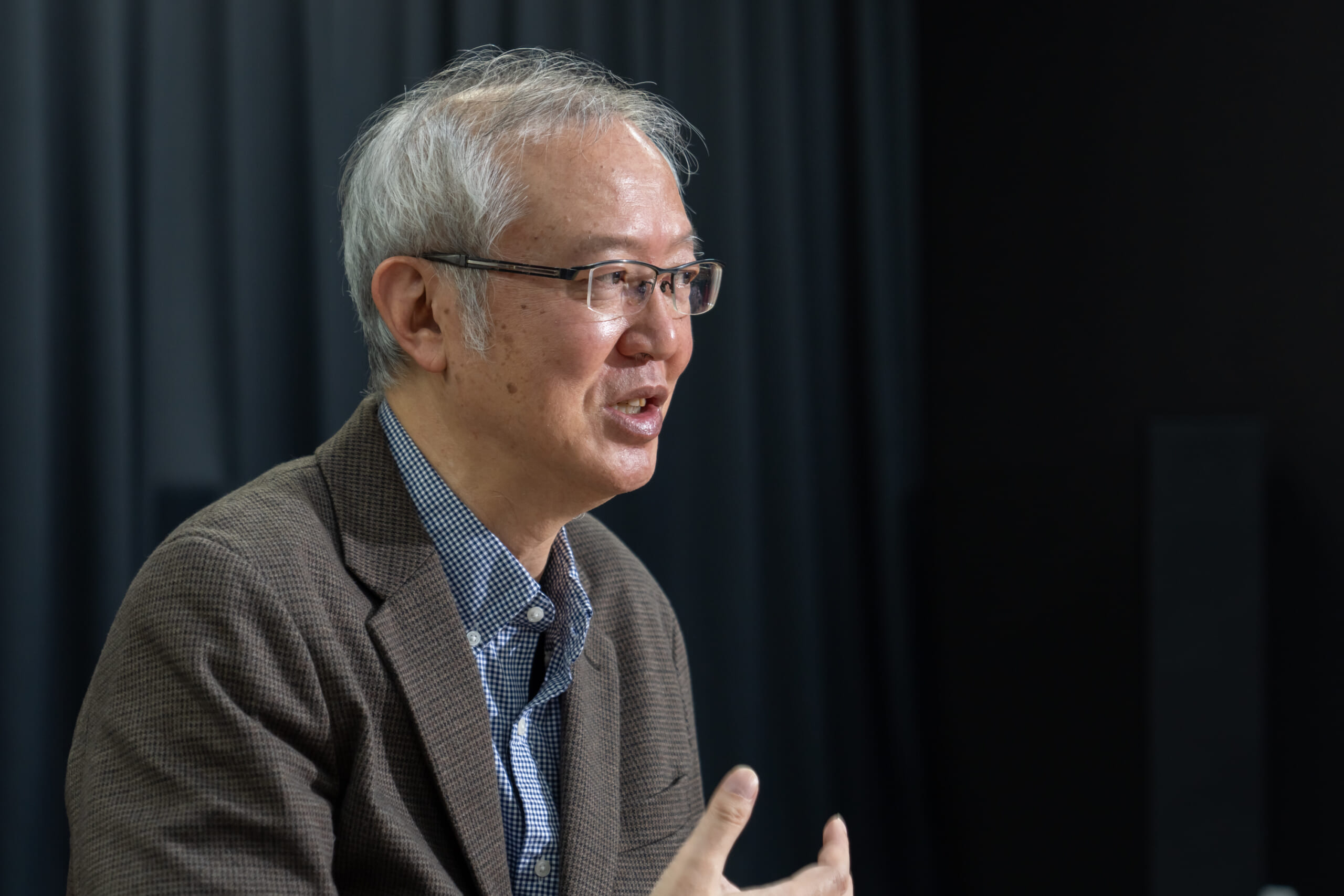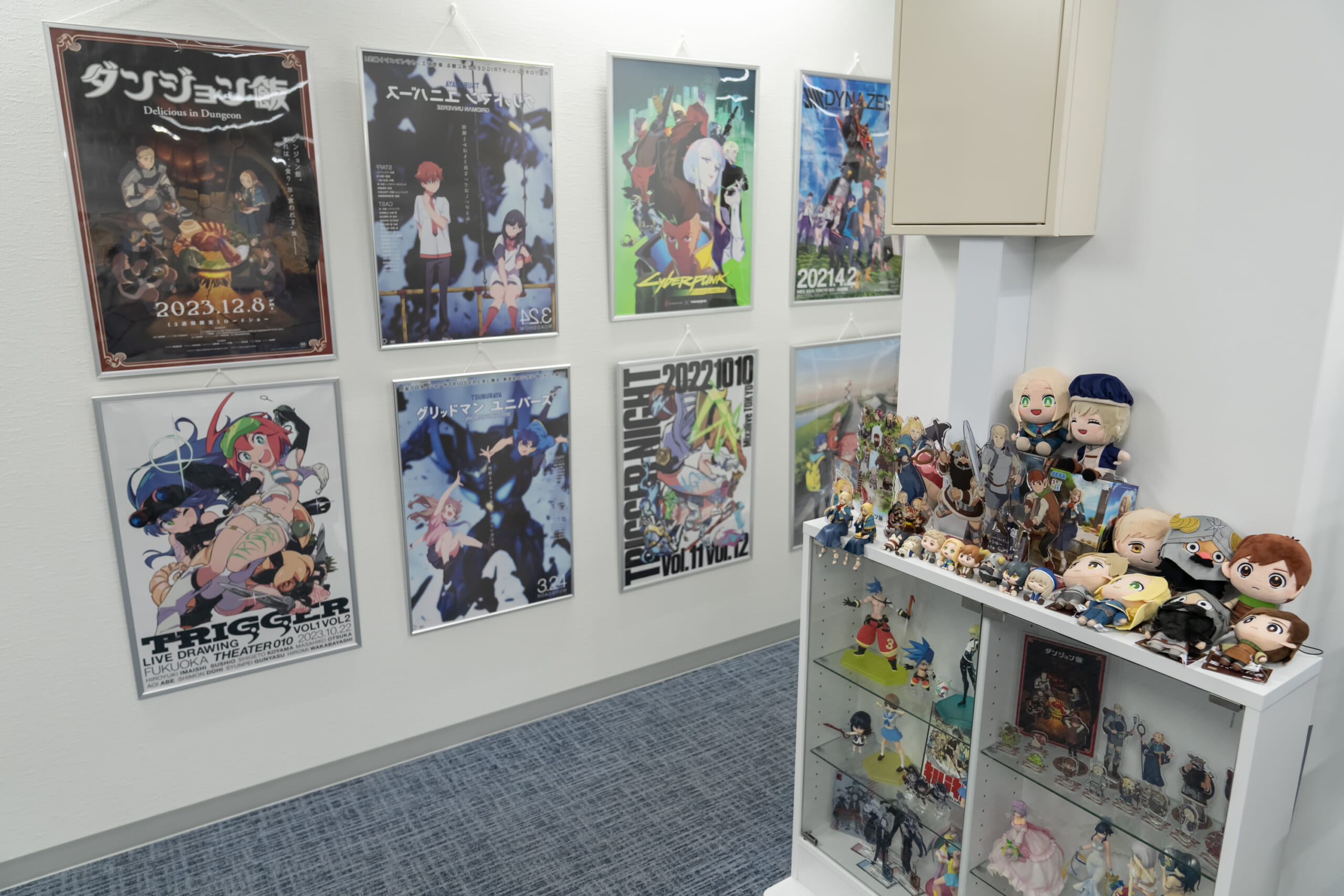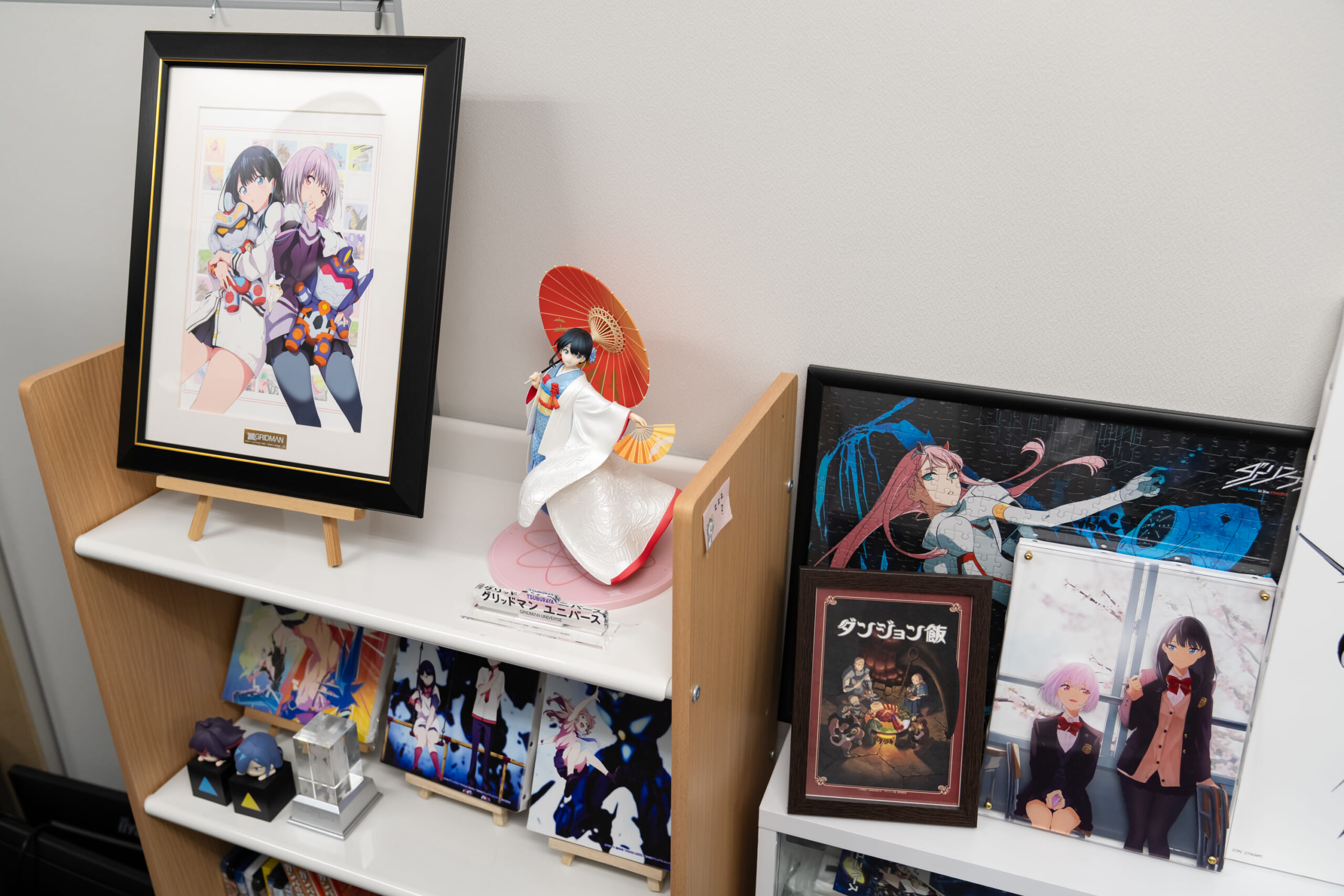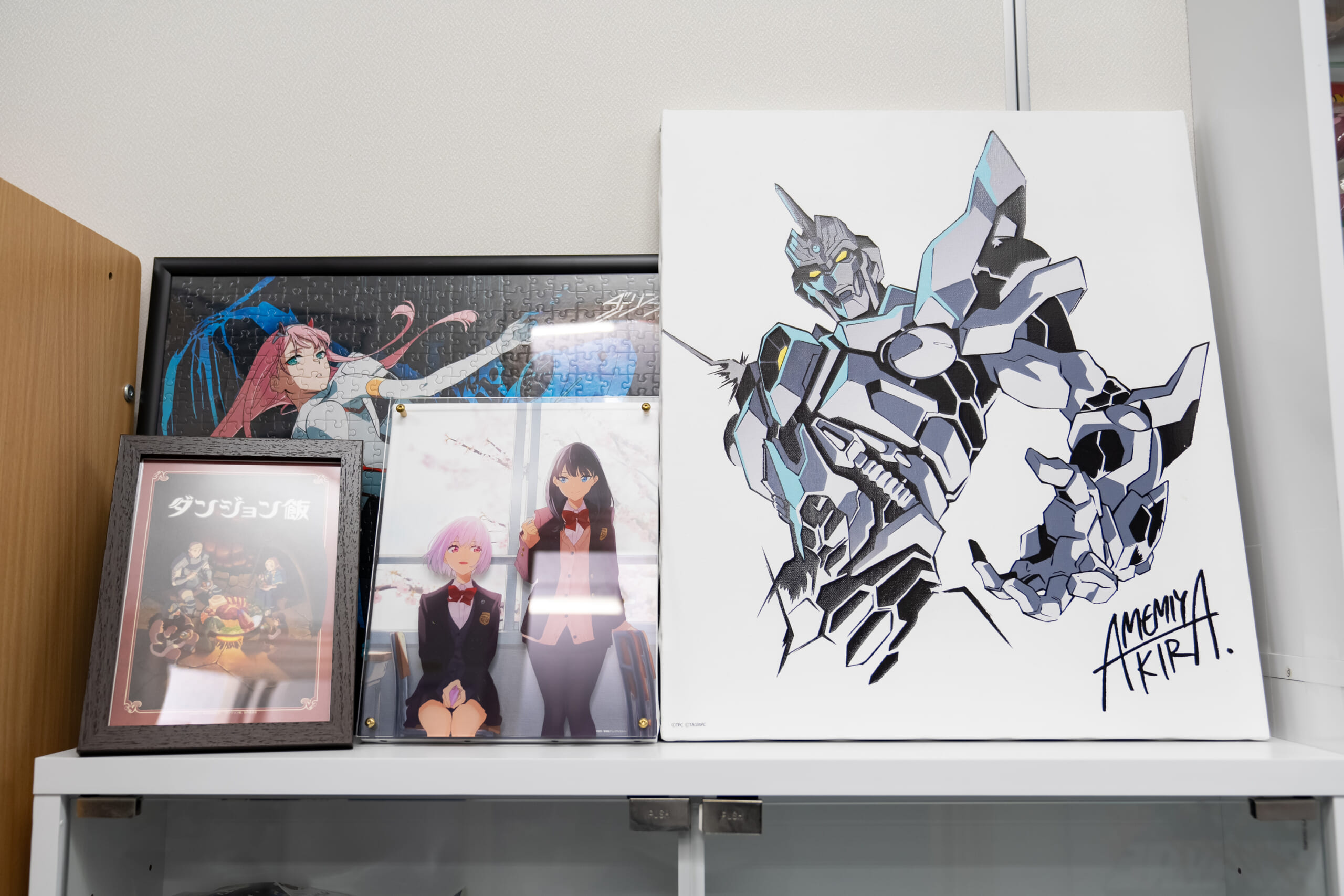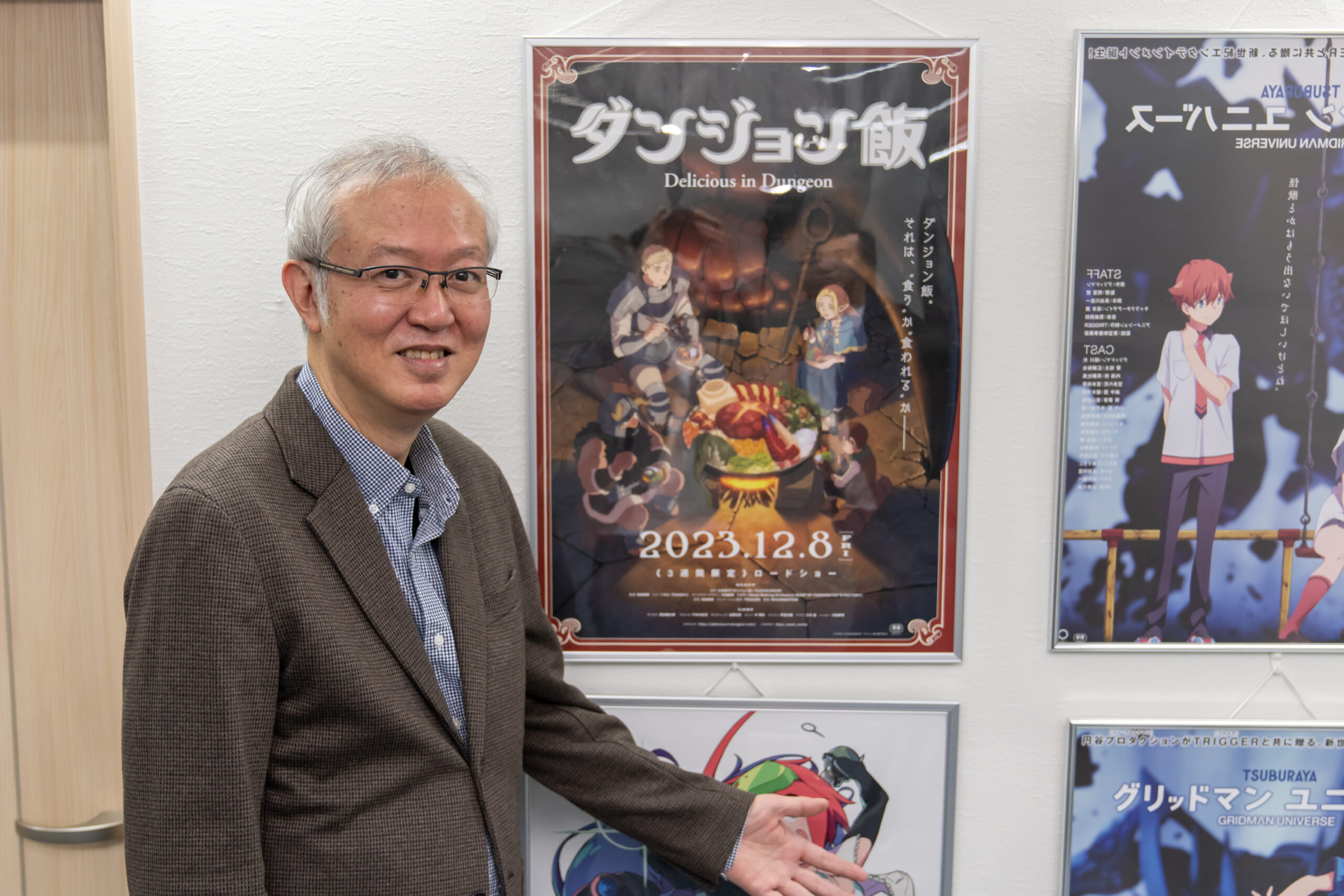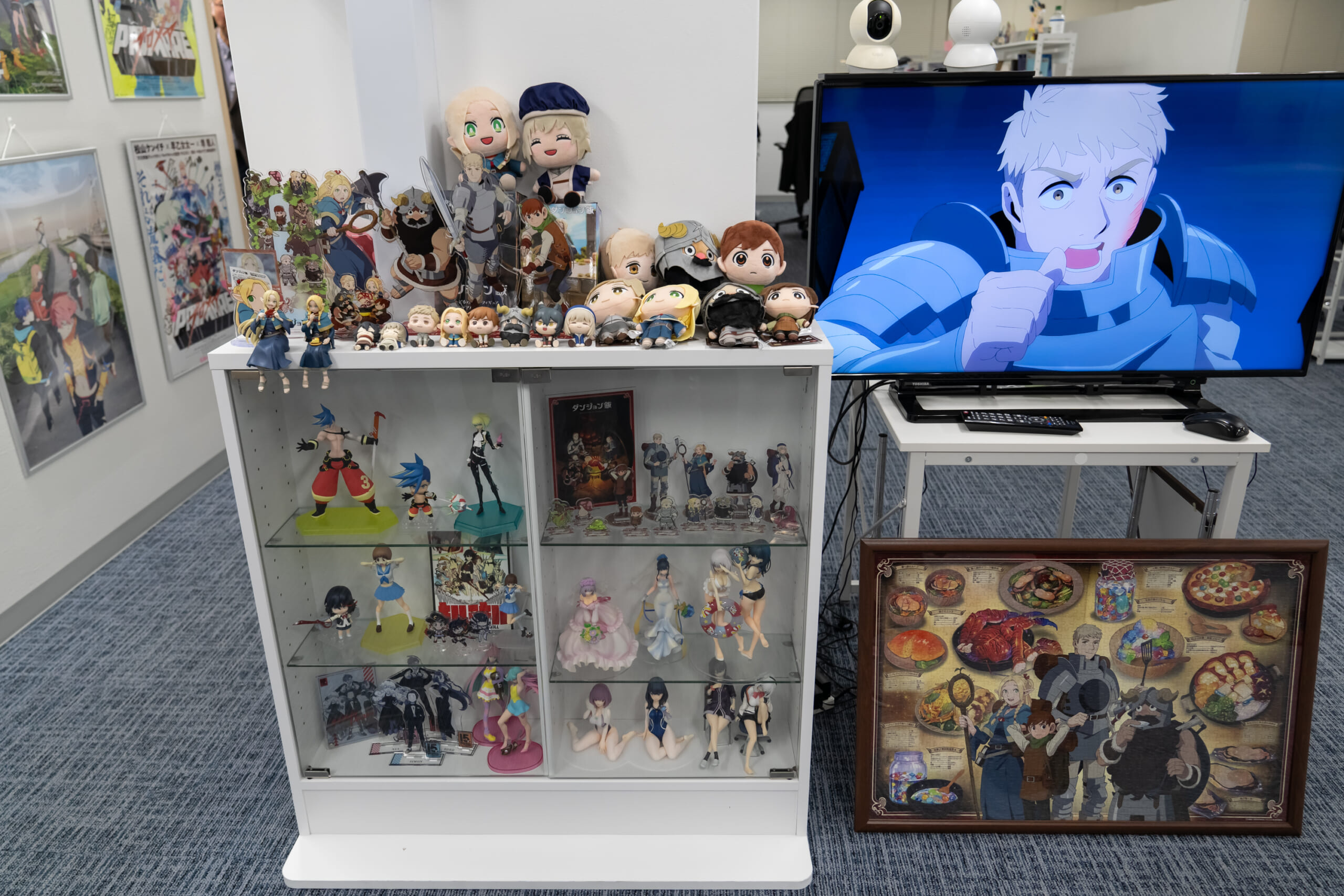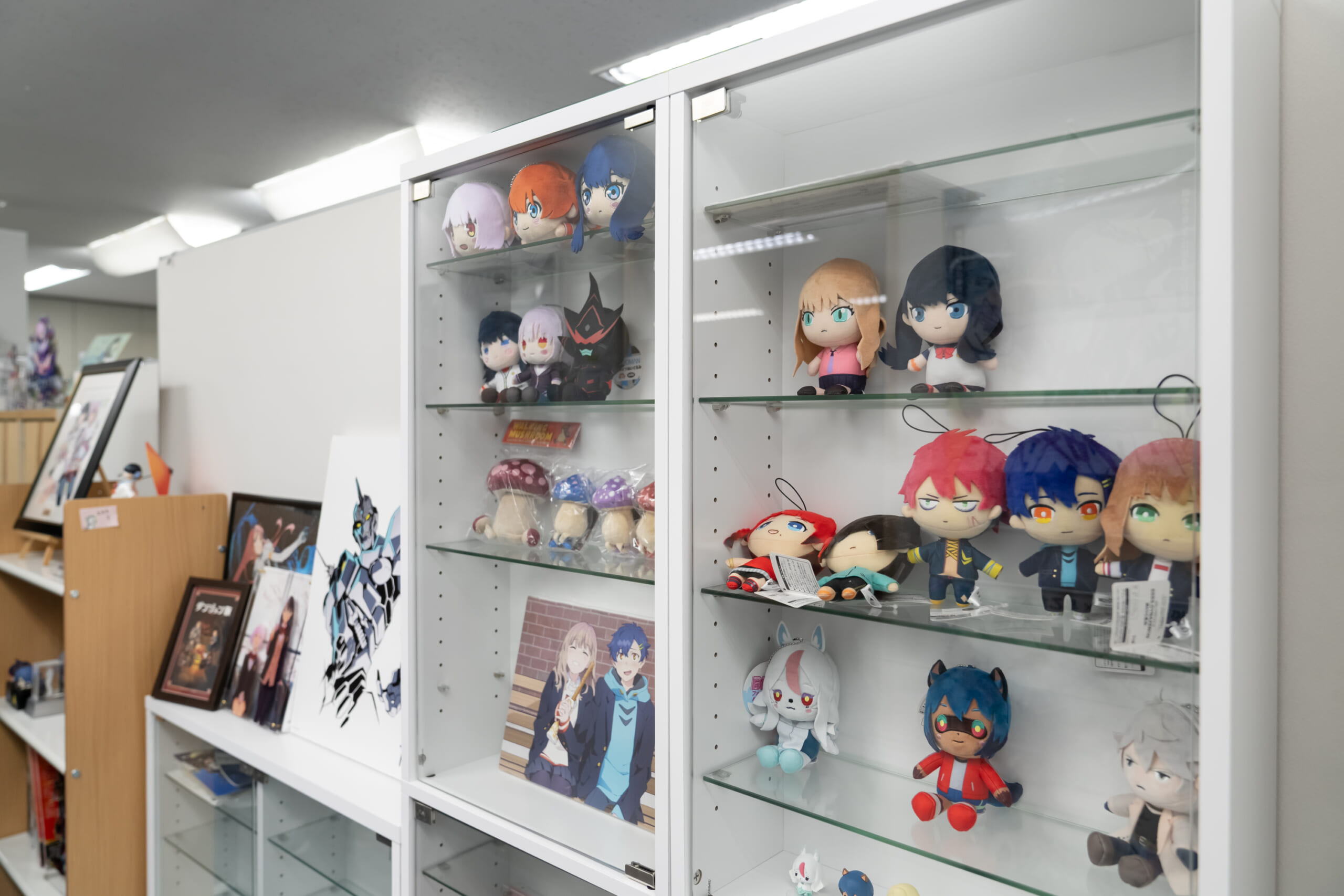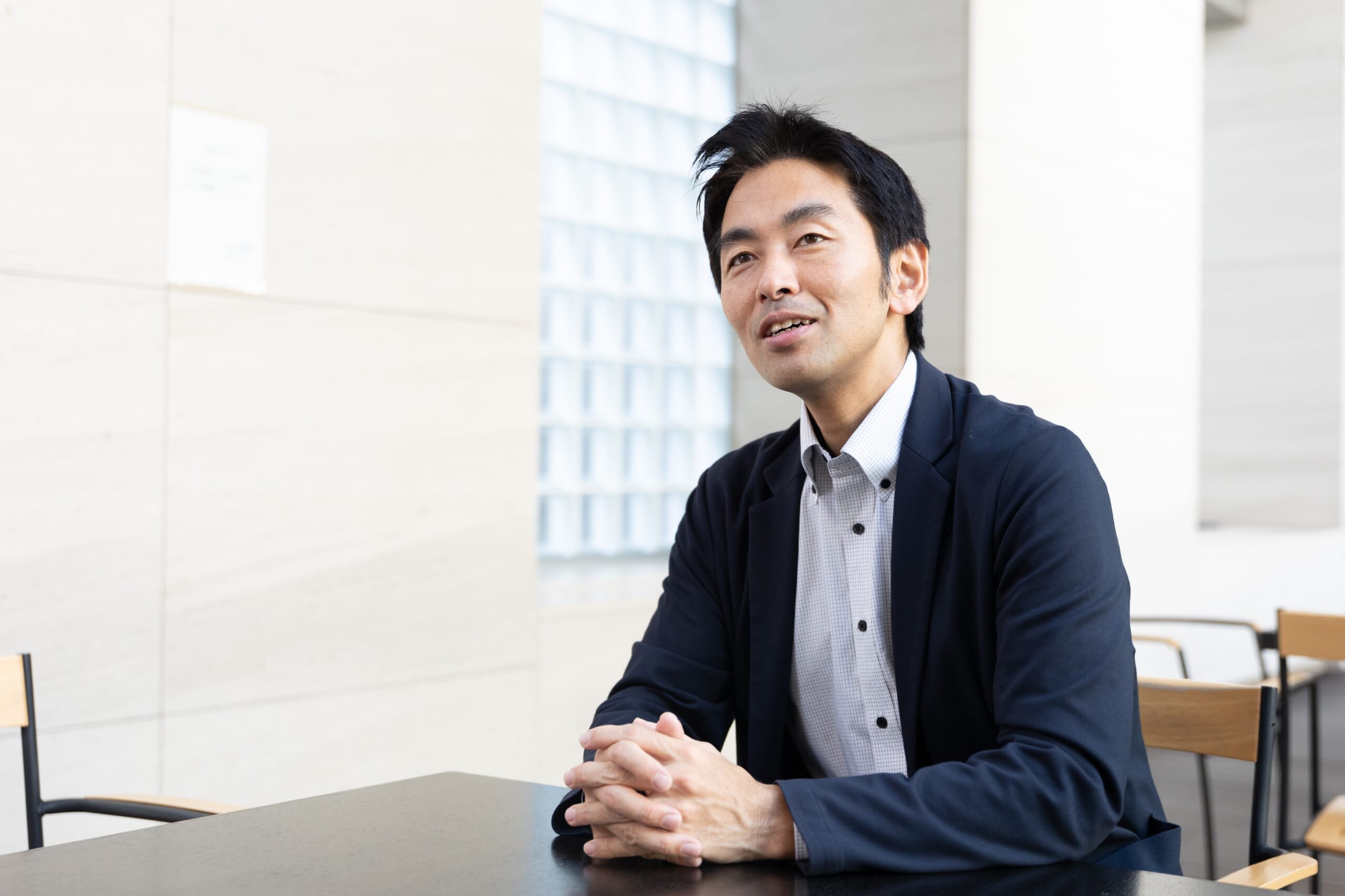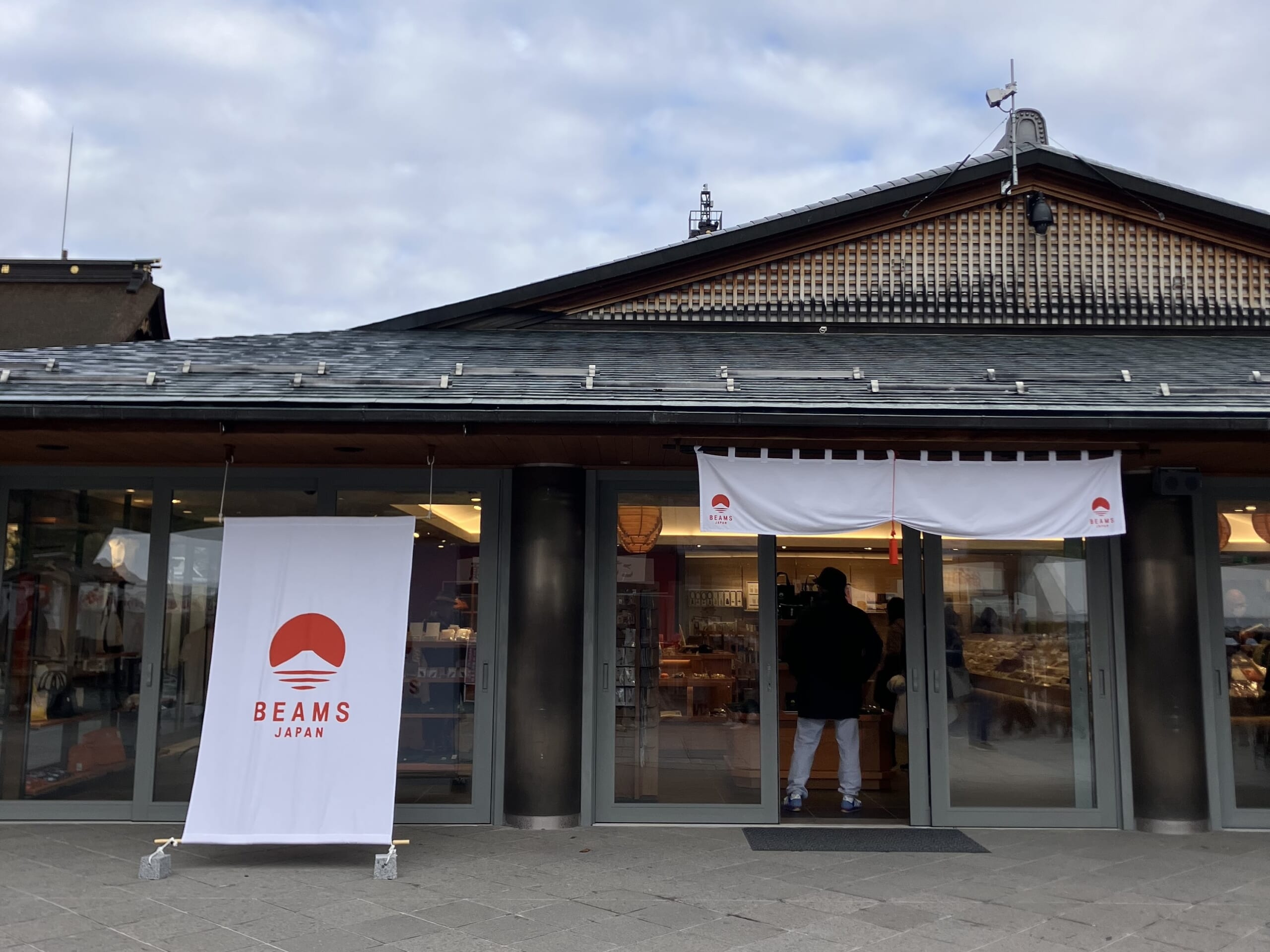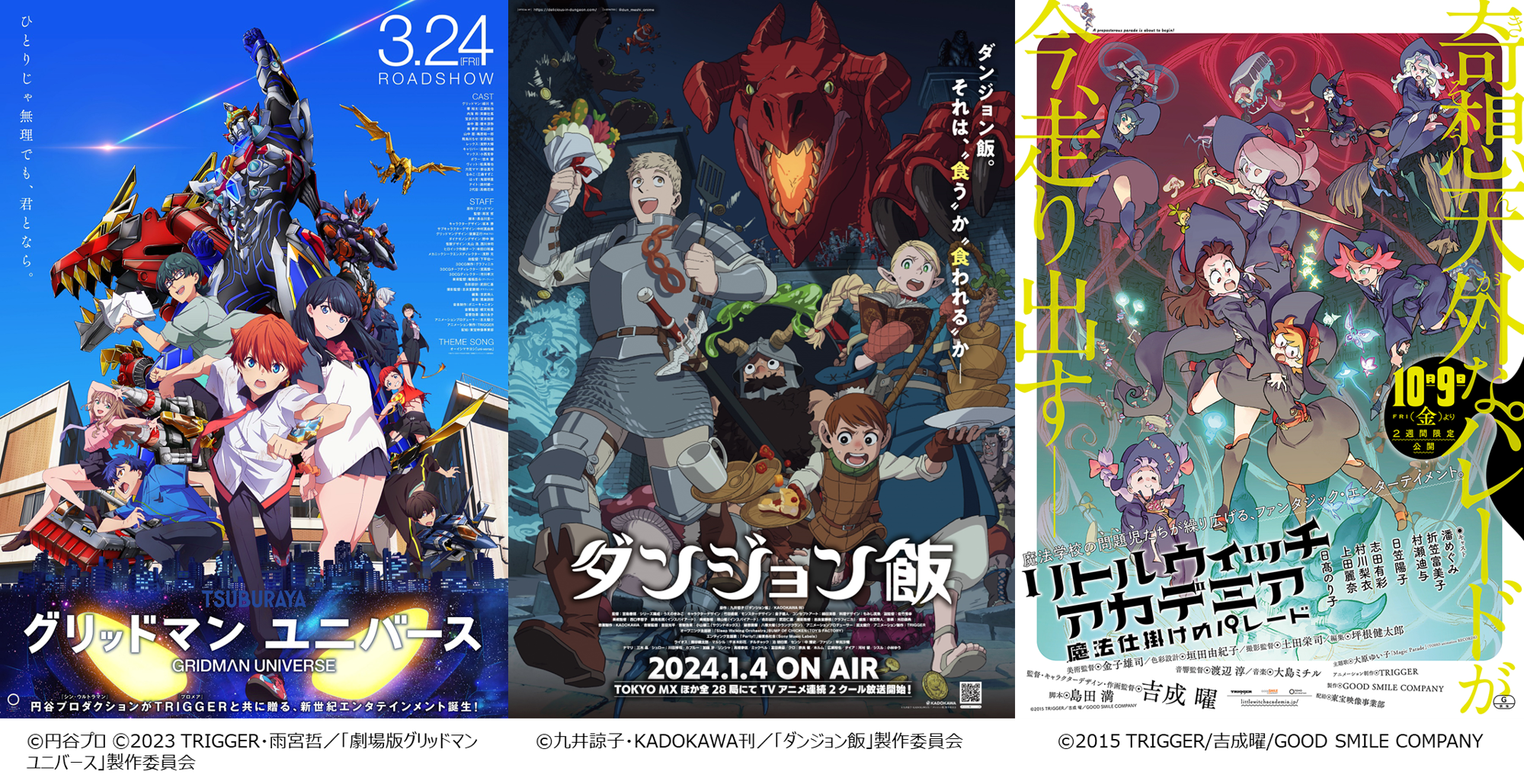
Japan’s Culture: A Unique and Unparalleled Fantasy The Past, Present and Future of the Captivating World of Japanese Anime
The full-scale production of animation in Japan began in the 1960s. Following that, throughout the 1980s and 1990s, a number of iconic works that remain widely cherished today emerged, achieving immense popularity to the point where mass media referred to the phenomenon as an “anime boom.” Around the same time, Japanese anime began airing in regions such as North and South America, Southeast Asia and Europe, increasing its global recognition. A key figure deeply involved in this flourishing era of Japanese animation with legendary works, famous titles and notable creators, is Masahiko Otsuka, the President and CEO of Trigger Inc. In pursuit of originality and a stronger connection with fans, Otsuka founded Trigger Inc. in 2011 with three colleagues from his previous studio. In 2013, the studio produced Little Witch Academia, which was highly acclaimed by fans overseas. Always mindful of global markets and devoted fans, Otsuka — who holds a deep love for the craft of animation — shares his thoughts on the past, present and future of Japanese anime.
Chapter.01 A Commitment to Crafting What You Truly Desire with Unwavering Passion Works born from such dedication transcend borders.
In the 2000s, manga serialized in Japanese weekly magazines were adapted into anime and became massive hits overseas. By the mid-2000s, with the advent and spread of the internet, a culture began to emerge where people could enjoy Japanese anime in real-time around the globe. During this transformative era, Otsuka worked at two of Japan’s premier animation studios as an assistant director, assistant producer and director.
“Even back then, I could feel how popular Japanese anime was overseas. Events abroad were vibrant, and fans eagerly sought spaces for interaction. However, there weren’t enough points of connection between creators and viewers,” Otsuka recalls. Typically, production staff remain behind the scenes, yet Otsuka sensed that many fans were curious about the creators and what their motivations were, and believed that this would allow for a deeper enjoyment of their works. This realization led him to organize several events to interact with fans, solidifying his sense of purpose. Around that time, he began considering a new studio model and eventually established Trigger Inc. with colleagues Director Hiroyuki Imaishi and Producer Kazuya Masumoto.
“One of the studio’s objectives was to increase opportunities for interaction and connection with fans, not only in Japan but worldwide.”
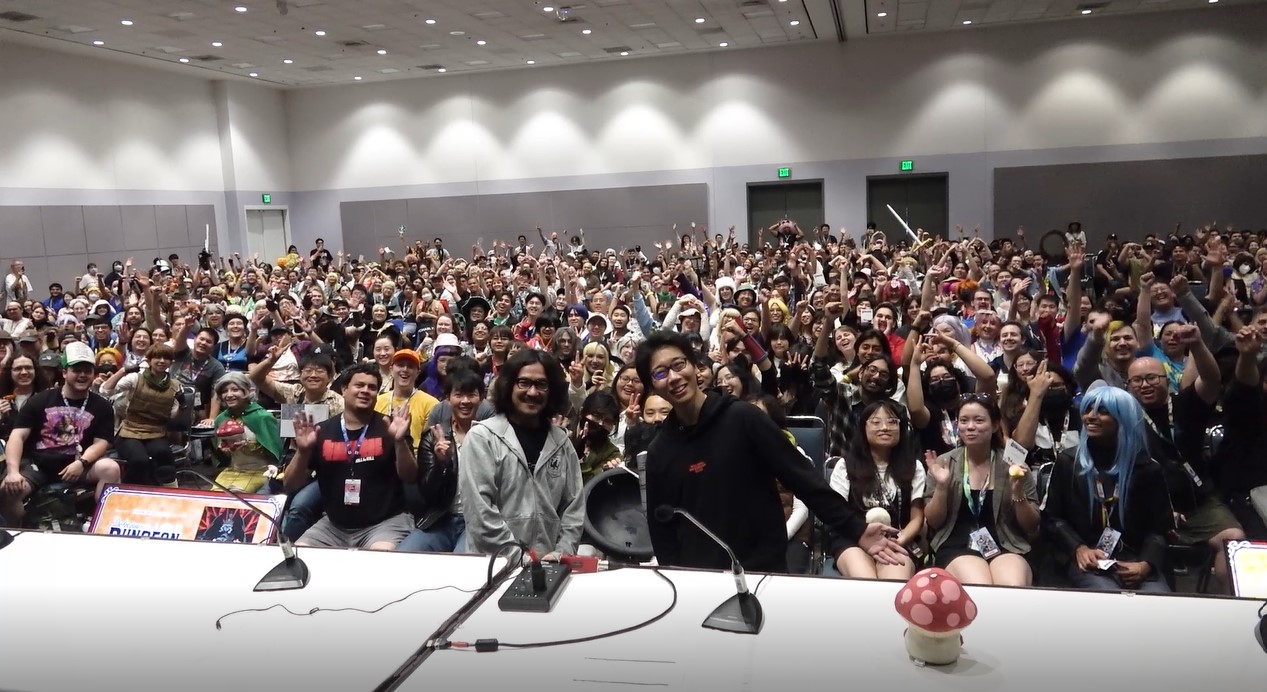
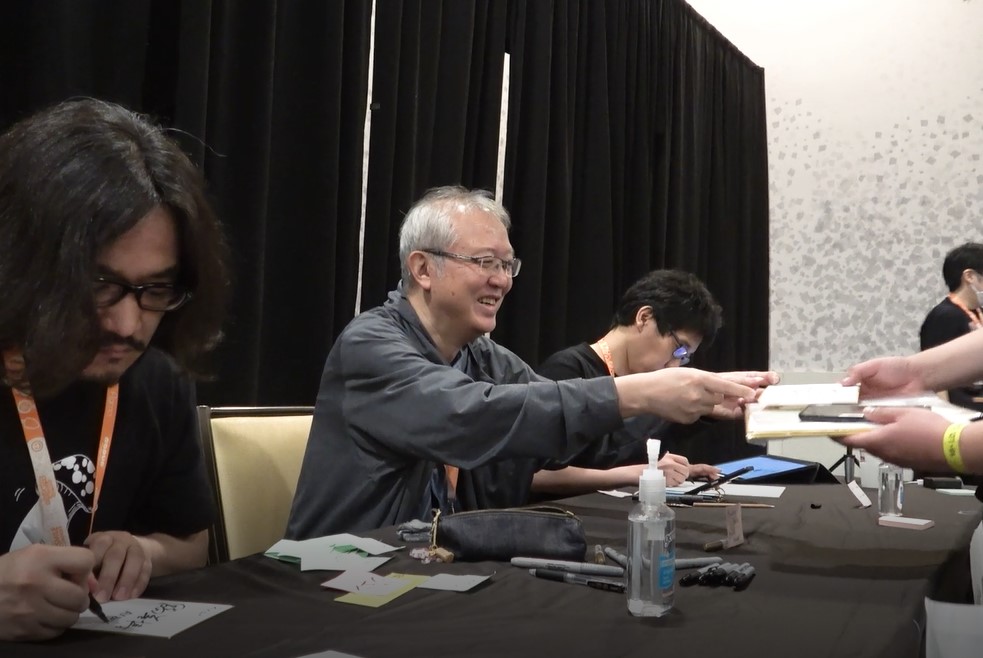
Chapter.02
Little Witch Academia: A Work Hailed by Global Fans
A New Type of Global Strategy Hidden Within
March 2, 2013. An original work from Trigger called Little Witch Academia was released as part of the Agency for Cultural Affairs’ Anime Mirai 2013 project aimed at training young animators. “When we received the offer, our in-house animators weren’t yet well-developed. Since the theme of Anime Mirai was to nurture new talent, it felt like the timing was perfect,” Otsuka explains. Supporting the development of the next generation of directors and animators was one of Otsuka’s goals when establishing Trigger. The story of Little Witch Academia follows a young girl who, inspired by a magical show in her childhood, enrolls in a prestigious witch academy in Europe and overcomes numerous challenges as she grows.
In April of the same year, the entire anime was made available for free on YouTube with English subtitles, receiving an outpouring of praise from overseas fans who clamored for a sequel. Anticipating the new era of real-time global distribution enabled by the internet, Otsuka implemented a groundbreaking strategy for overseas promotion with Little Witch Academia.
“Passionate overseas fans already knew about us and our works, so we were confident. After releasing the anime on YouTube in April, we announced the sequel in July at Anime Expo, North America’s largest anime event,” Otsuka shares. Alongside this announcement, Trigger launched a crowdfunding campaign — which was still relatively uncommon in Japan at the time — to raise production funds. Within a month, over $600,000 (approximately 60 million yen at the time) was raised.
However, the crowdfunding campaign was not solely about raising money. “Many anime and manga fans want to express their gratitude and support for those creating what they love. Crowdfunding provided a platform to connect with these passionate fans,” Otsuka explains.
Little Witch Academia not only expanded its global fanbase through strategic distribution and event utilization but also contributed significantly to nurturing young talent and the commercialization of original works.
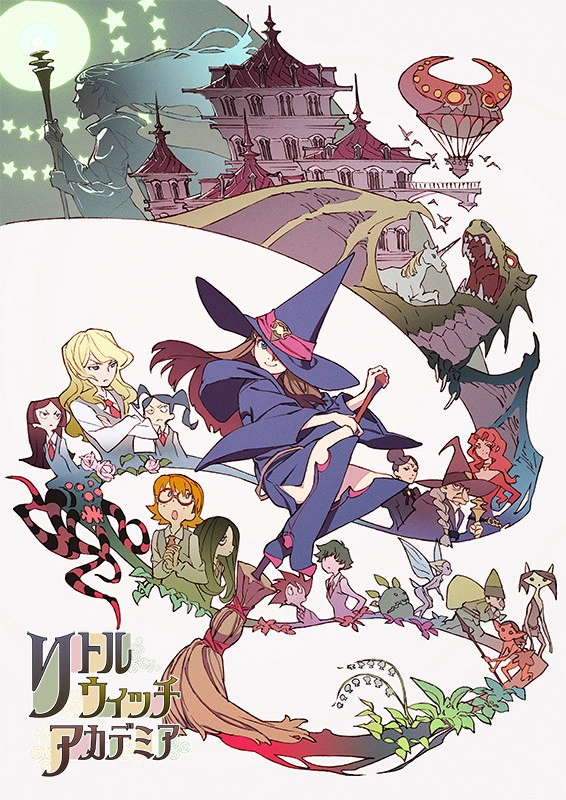
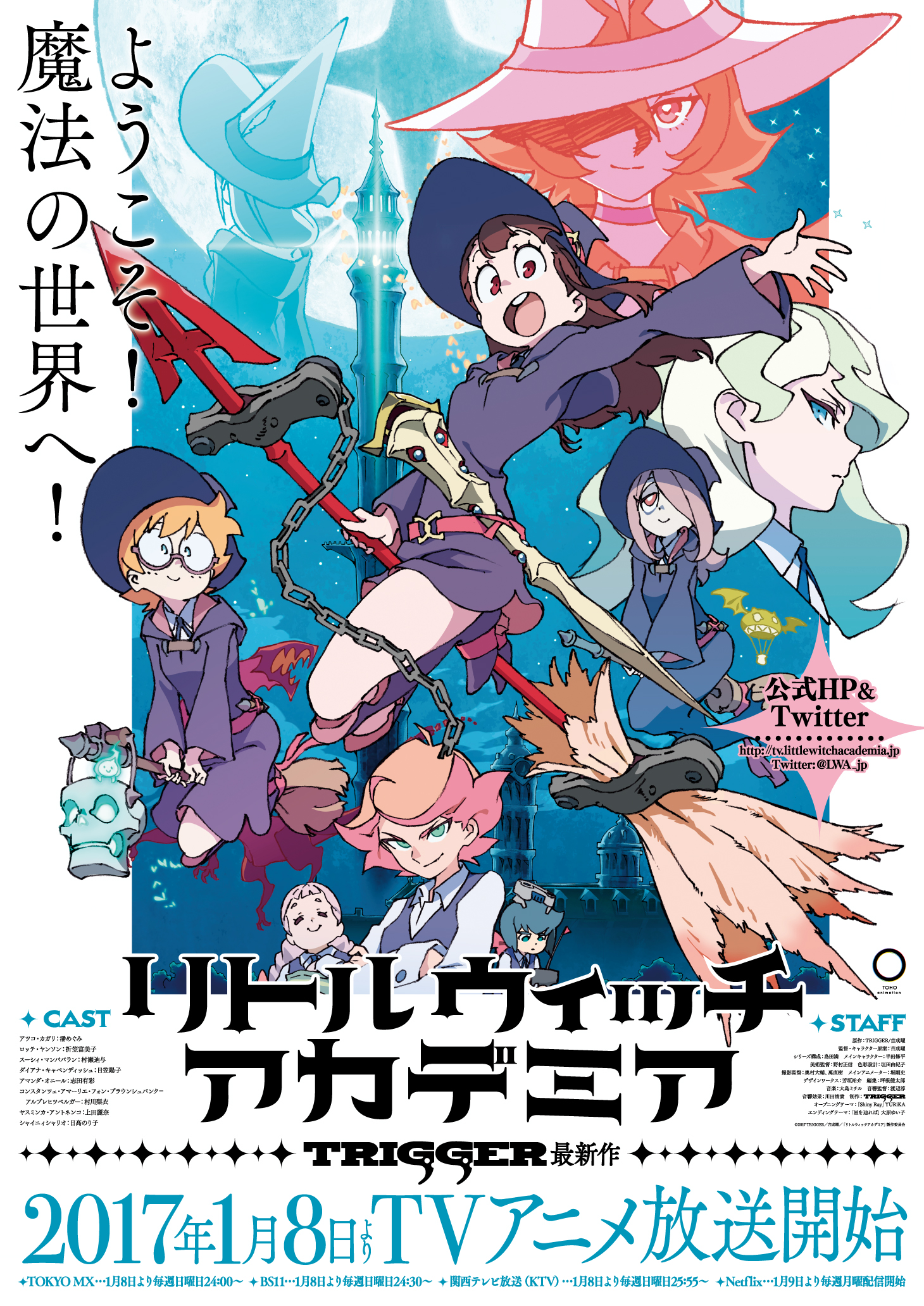
Chapter.03
People Around the World View Japanese Culture as a “Fantasy”
What Japanese Anime Needs for Further Growth: Talent
Japanese anime aired abroad is often subtitled rather than dubbed, with many fans learning or wanting to learn Japanese through them. Anime serves as a more accessible medium than manga for foreign audiences, making it an essential gateway to Japanese culture. In regions like the U.S., reactions to the works are significant, with fans enthusiastically engaging through cosplay and other activities, which is often covered by major media outlets.
“For people around the world, Japanese culture itself is a unique fantasy. That’s why we believe creating works with genuine passion rather than tailoring them to overseas fans’ preferences results in more powerful content,” Otsuka states. Trigger values freedom and diversity, emphasizing the support of directors’ visions over business objectives. Knowing that their works are appreciated beyond Japan motivates the team daily.
Looking ahead, Otsuka envisions studio-led media mix strategies such as internet distribution of low-budget works, and the production of high-budget original projects. For him, the most pressing challenge is talent development. “This is not just an issue for Trigger but for the entire industry. For Japanese anime to flourish further, we need to foster the growth of young directors and animators,” Otsuka emphasizes. While aspiring animators and directors may graduate from specialized schools or art colleges, they still need to learn the craft in studios. However, the industry currently faces a shortage of talent and lacks sufficient training systems.
Concerned about the industry’s future, Otsuka is developing an internal training curriculum, assigning veteran employees as instructors for animation and key frame production. Creating an environment where aspiring creators can build meaningful careers will be vital for the continued growth of Japanese anime.
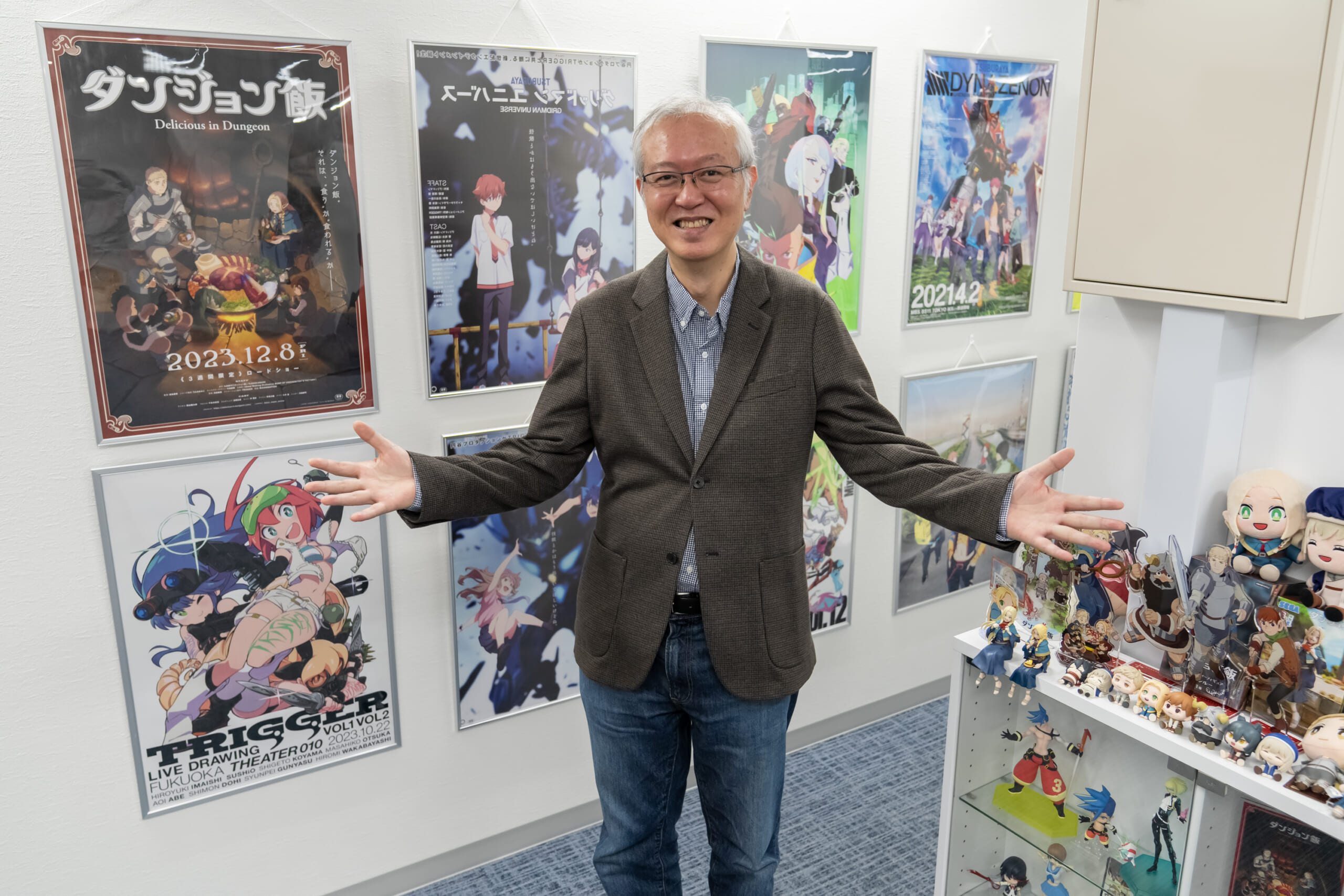
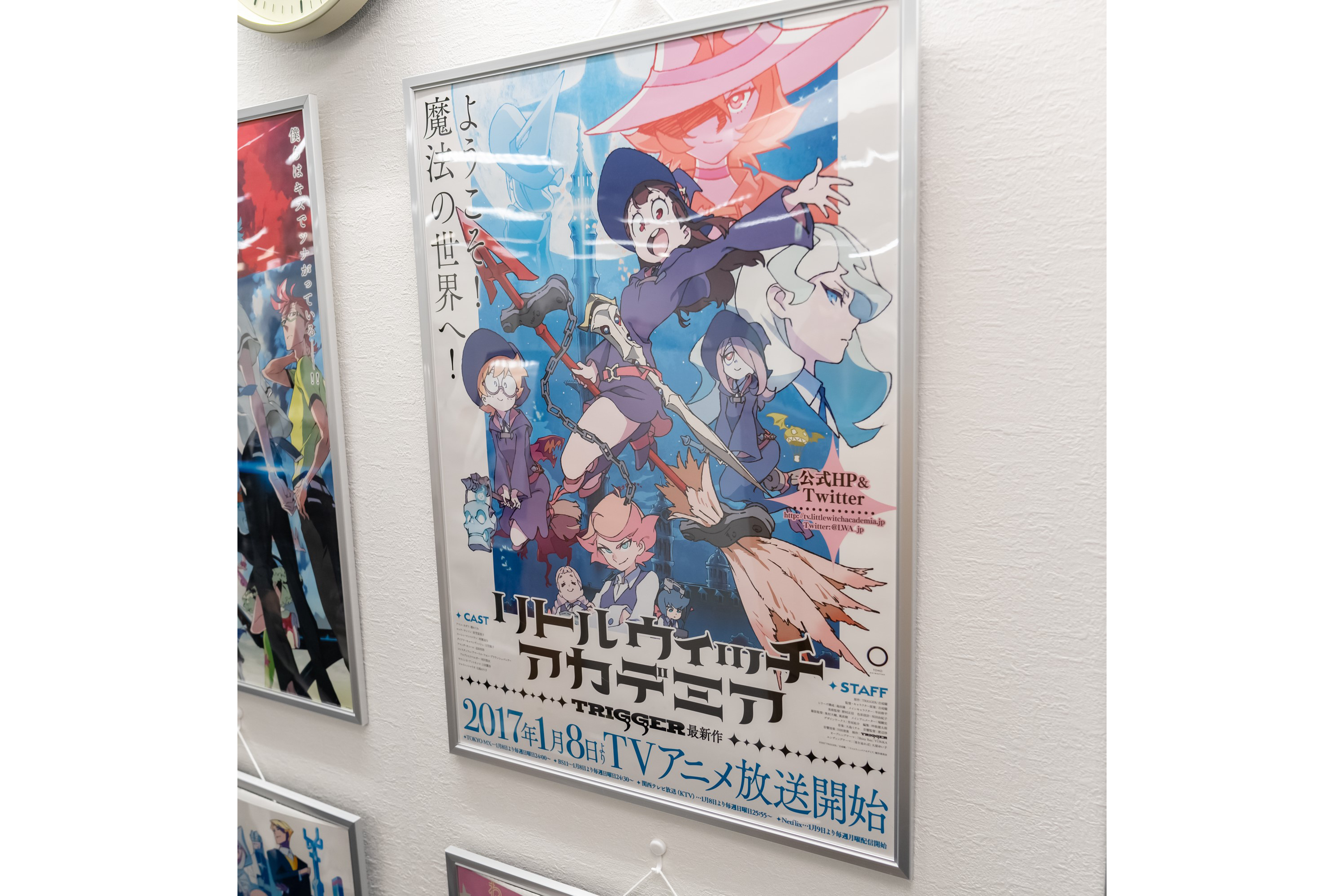
In today’s internet-driven world, where global distribution is possible, Japanese anime has immense potential for further expansion. Reflecting on the recent success of older Japanese anime in Europe and Southeast Asia, Otsuka comments, “It’s because our predecessors created their works with sincerity. That’s why they transcend time and borders and appeal to adult audiences. Although anime is still viewed as media for children in many countries, I believe it will continue to grow as an art form enjoyed by adults, just like in Japan.”
To ensure Trigger’s survival and its role in shaping the future of anime, Otsuka is actively increasing opportunities for young staff to experience the enthusiasm of overseas events firsthand.
“Visiting in person often reveals things you’d never realize otherwise. Some staff members are hesitant at first, but end up thoroughly enjoying the experience. The direct feedback from local fans becomes a significant motivator for their work,” Otsuka remarks with a smile.
Dreaming of a future where young directors and renowned animators are showcased at world premieres and promotional events akin to Hollywood films, Otsuka continues to work tirelessly on what he loves most: creating anime.
(Text by Takahiro Miura, interviewed on Nov. 21, 2024)
(The photo inside the studio was taken at TRIGGER’s Fukuoka office.)
(Trigger Inc. Official Website: https://www.st-trigger.co.jp/)


